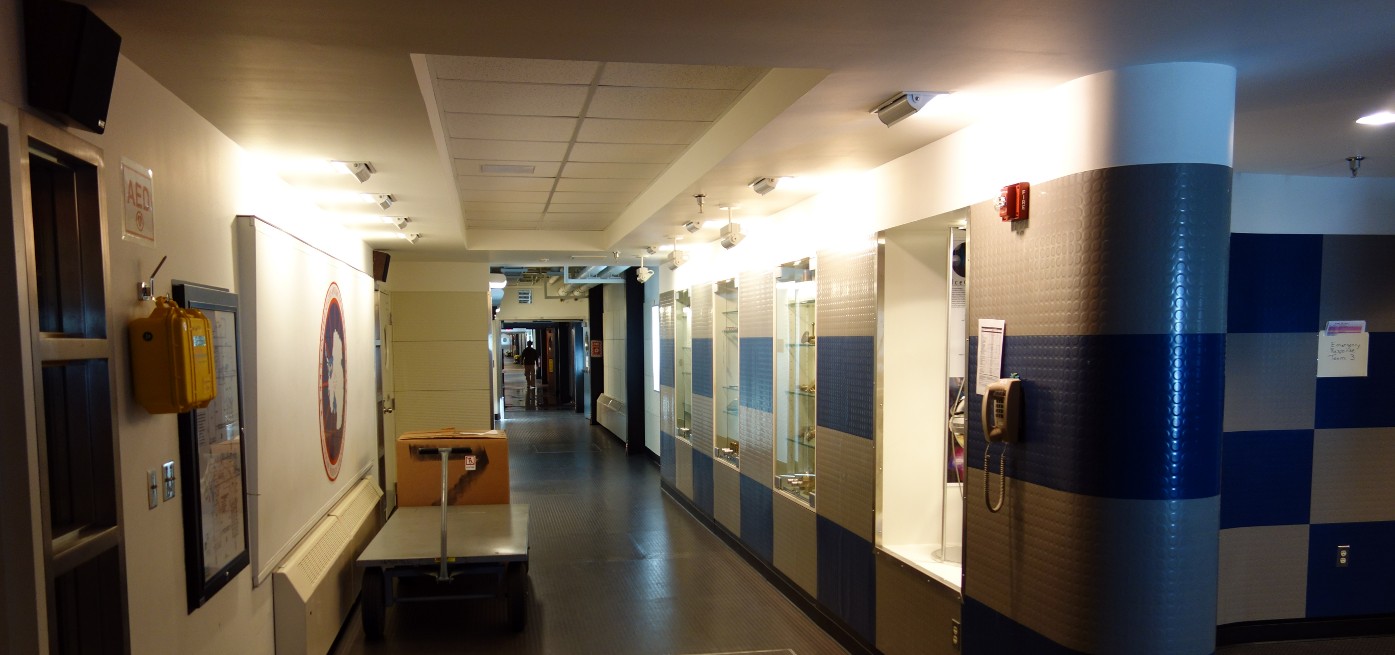
How to Block Drones with a Drone Jammer
In an age where the sky is dotted with drones, the importance of drone jammers has never been more significant. From commercial deliveries to personal

In recent years, the procurement and installation of mobile signal interference devices in schools have become commonplace. However, the majority of schools only use these devices as a security measure to prevent cheating during exams. Moreover, they are primarily used in important exams such as the annual middle school entrance examination, college entrance examination, or English proficiency tests. This indicates that the utilization rate of these devices is relatively low. Therefore, the question arises: apart from preventing cheating during exams, can these expensive and meticulously constructed mobile signal interference devices be applied in other aspects of school management? If so, what are the potential applications?
To fully utilize the potential of mobile signal interference devices, schools should consider selecting networked versions with intelligent connectivity during the initial product selection and project planning phase. Networked mobile signal interference devices have distinct advantages over standalone versions, as they lack network connectivity and cannot achieve centralized control and management. By opting for networked versions, schools can fully exploit the capabilities of these devices.
To expand the functionality of mobile signal interference devices, the first step is to establish a network through an external network controller. Once the intelligent mobile signal interference devices are networked, school administrators can exercise centralized control and management through remote control software. This network integration allows for seamless communication between the mobile signal interference devices and the school’s teaching management software platform.
One of the easily achievable functionalities is synchronizing the mobile signal interference devices with the school’s bell system. For instance, when the class bell rings, the mobile signal interference devices can automatically activate, and when the bell rings to signal the end of class, the devices can synchronize and deactivate. This ensures that the system operates in a user-friendly manner, maintaining classroom order and preventing students from using their phones discreetly during class.
Schools can also create customized groups based on grade levels, buildings, or floors, allowing for signal blocking in specific areas within the school premises. These settings can be easily edited and configured through the control software of the mobile signal interference devices. This feature enables schools to tailor the signal blocking according to their specific needs.
If schools install mobile signal interference devices in student dormitory areas, they can utilize the timing function of the control software to automatically activate the blocking system during students’ bedtime. Once students are asleep or after a predetermined period of 2-3 hours, the devices can be set to automatically deactivate.
While mobile signal interference devices have traditionally been used solely for preventing cheating during exams, their potential for broader applications in school management is often overlooked. By selecting networked versions and integrating them into the school’s management software platform, these devices can be utilized to maintain classroom order, prevent unauthorized phone usage, and enhance overall teaching and learning experiences. Additionally, the ability to customize signal blocking and automate dormitory usage further demonstrates the versatility and effectiveness of these devices in school management.
Our frequency checker tool will help you check all frequency bands used in all country.

In an age where the sky is dotted with drones, the importance of drone jammers has never been more significant. From commercial deliveries to personal

Protect your vehicle’s location privacy with a professional guide on GPS jammers. From selection to legal considerations and installation tips, we’ve got you covered. Key

Here’s a step by step guide on how to build your own GPS jammer. Below are the main steps we are going to introduce in

Understanding Signal Blocker: How It Works and Its Applications Signal Blockers are devices that can disrupt mobile phone signals, preventing them from connecting to base

The Application and Benefits of High-Power Signal Jammers Enhancing Signal Blocking Efficiency in Various Environments In today’s technologically advanced world, the need for effective signal

Considerations for Purchasing Exam Room Signal Jammers Ensuring Effective Signal Jamming for Exam Integrity As the year approaches its end, many schools are preparing for

The Importance of Monitoring and Signal Interference Measures During Examinations During examination periods, it is crucial to closely monitor the examination venues and their surrounding

Selecting the Appropriate Cell Phone Jammer for Theaters and Auditoriums Overcoming Challenges in Installation and Maximizing Signal Disruption The Importance of Cell Phone Jamming in

Remote Control of Cell Phone Jammers via Smartphone: A Possibility? With the rapid development of the Internet of Things (IoT), numerous smart home devices have

Supplying high quality signal jamming devices since 2010. The only jammer store you can trust.
Jammer Master © 2024. Premium Signal Jammer Supplier Since 2010.